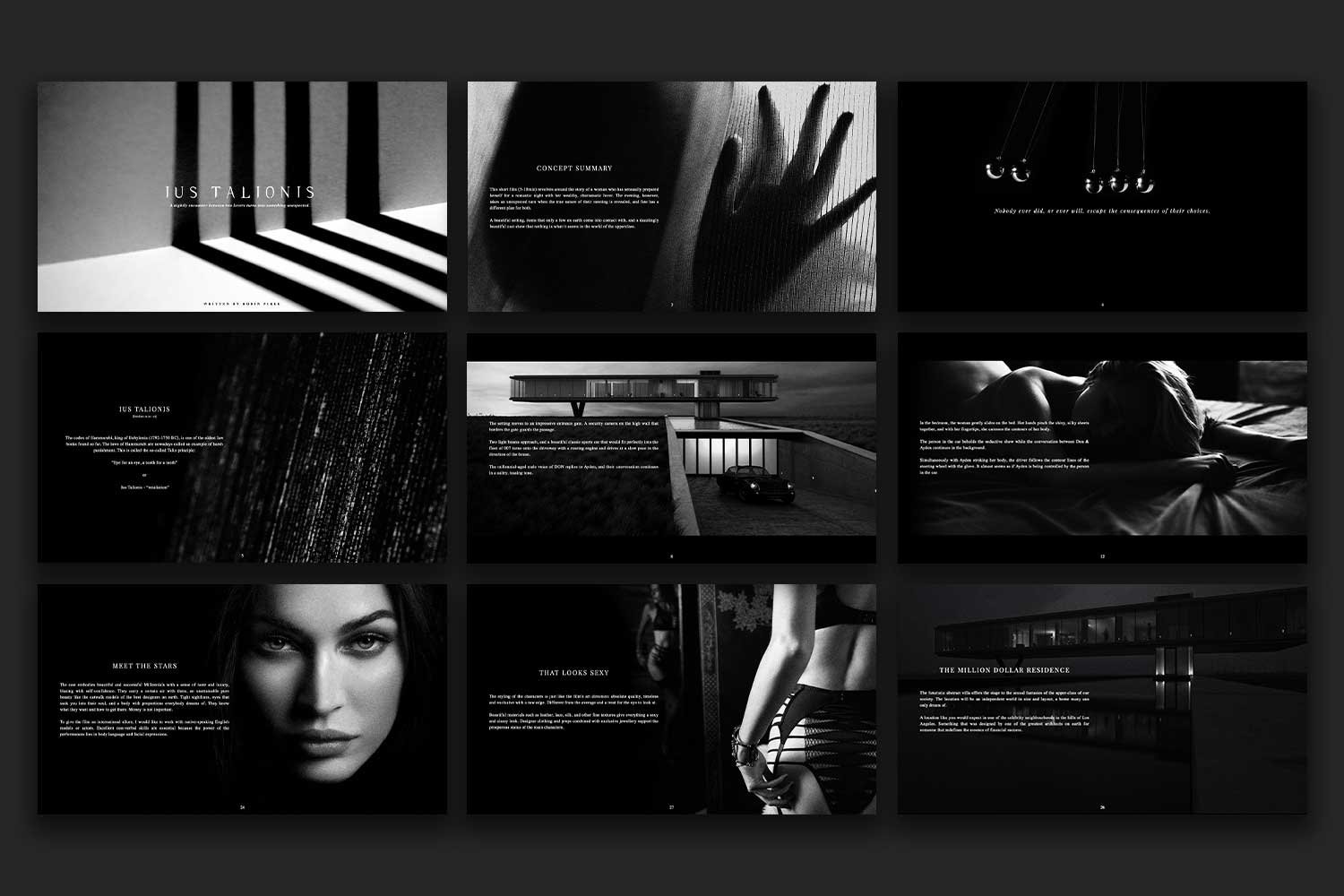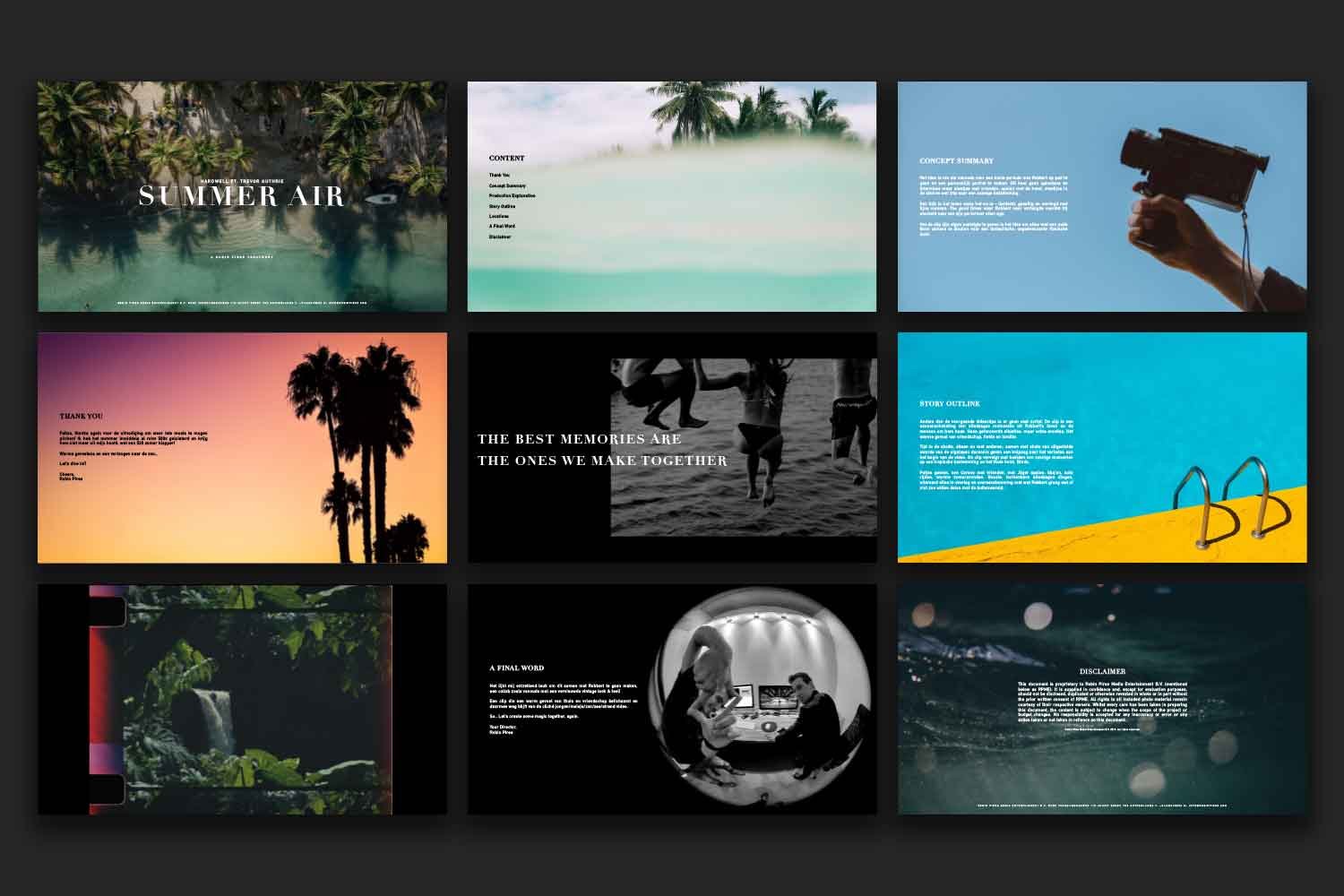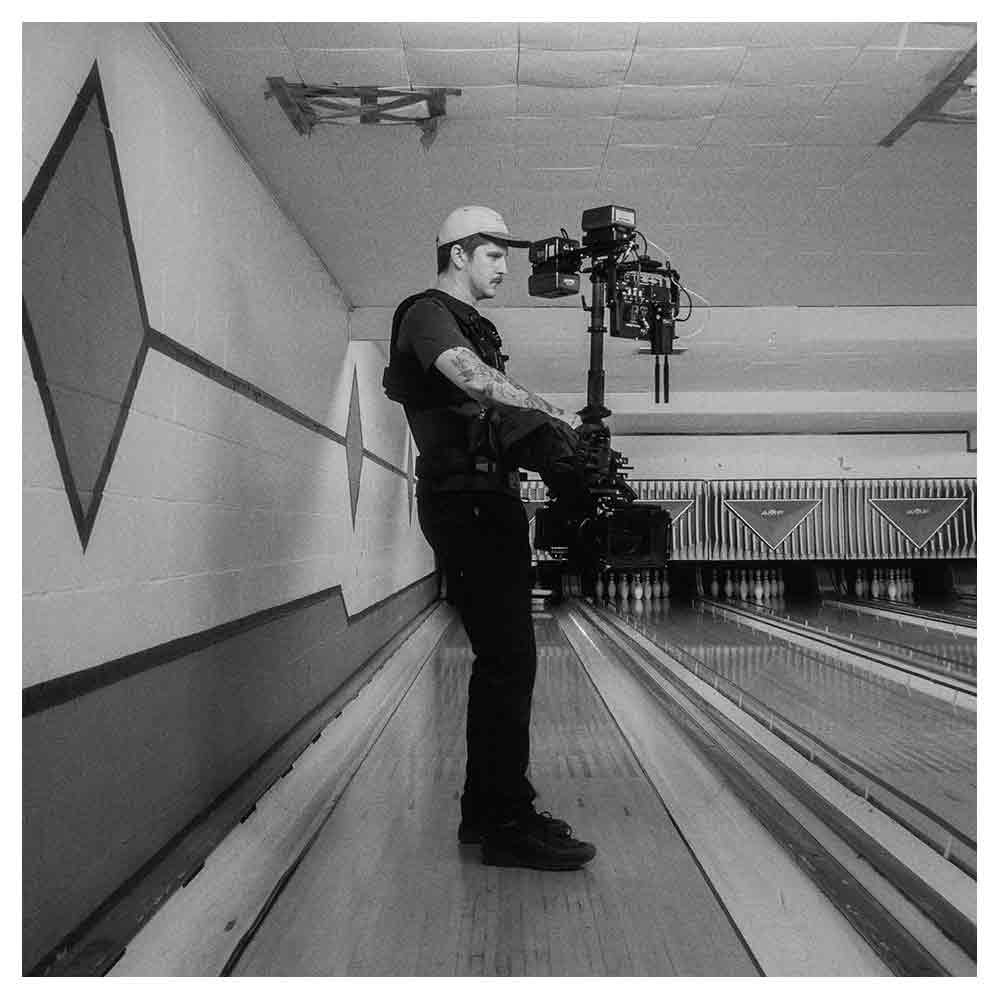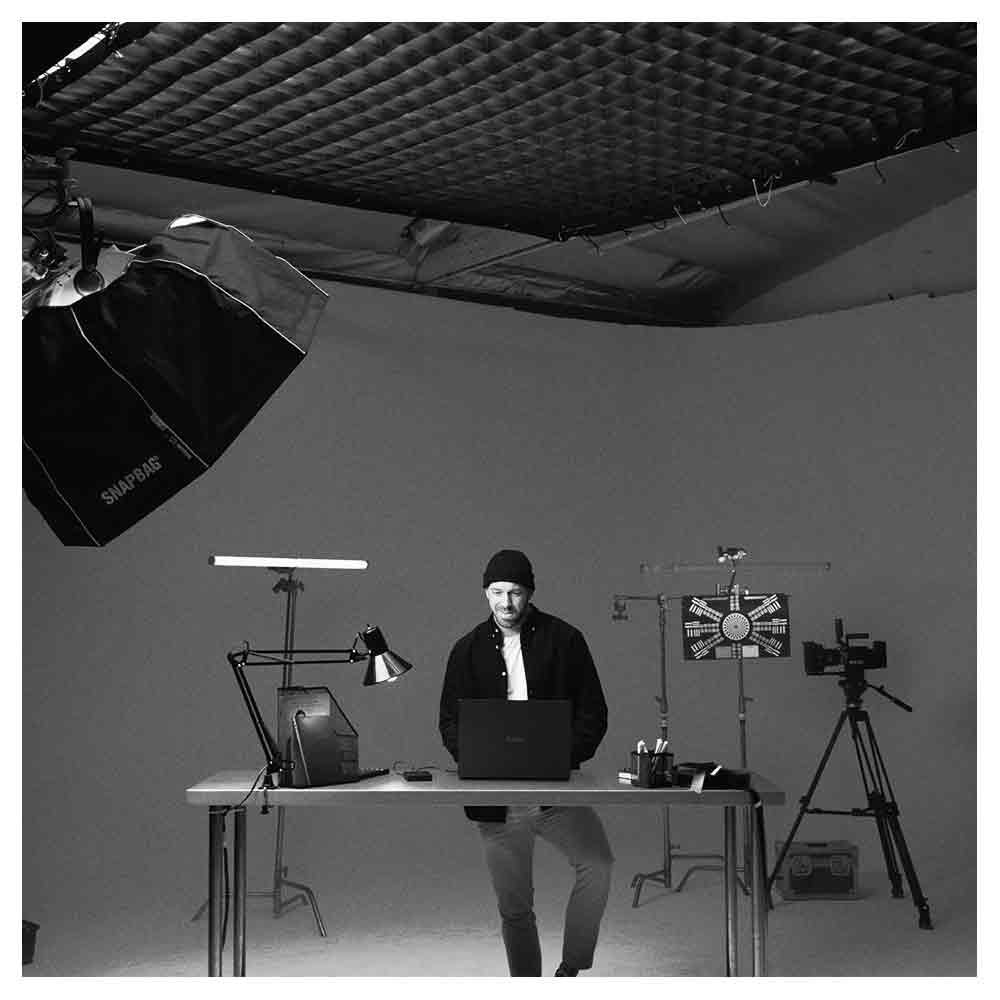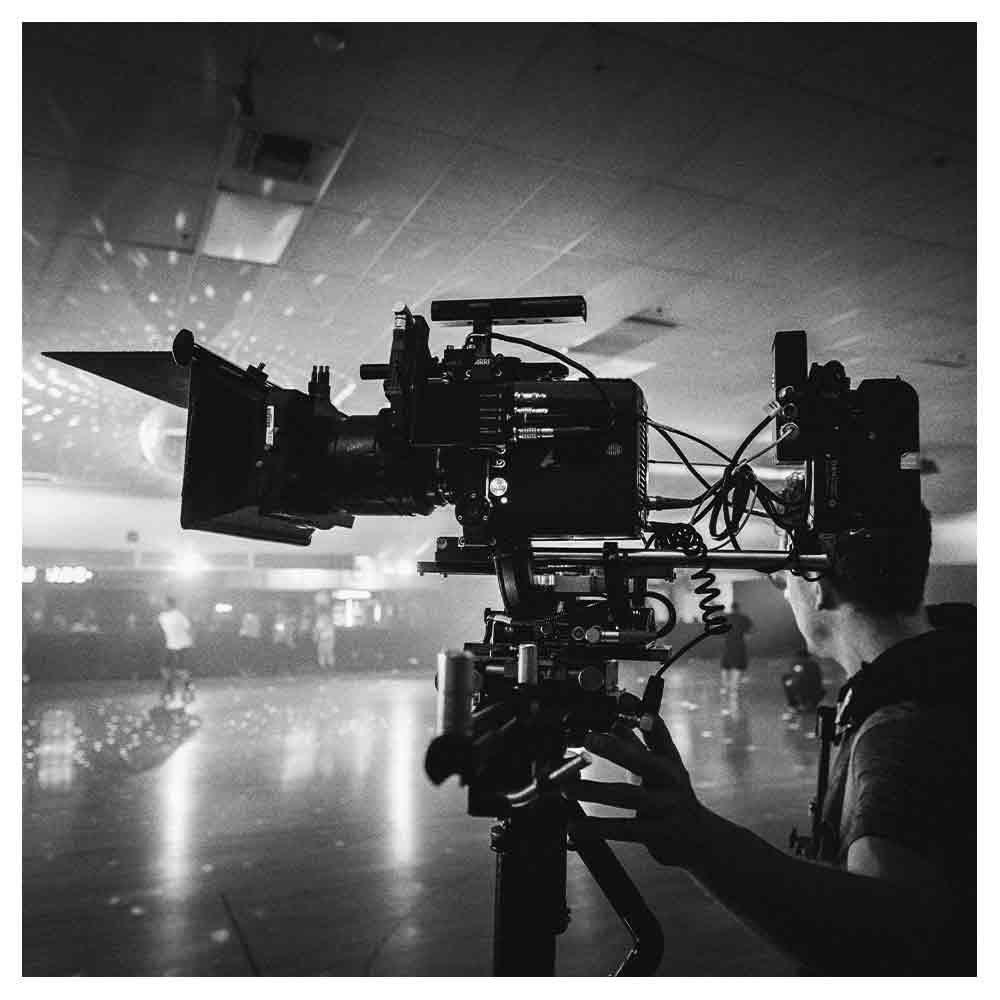How Not To Make A Video Treatment? 3 Reasons Why I Failed Big Time!
Over the last decade, I've used treatments for dozens of project pitches like music videos, commercials, fashion films, short films, documentary projects, etc.
These film pitch decks, in which I sell myself and my creative vision for a project, are an essential element in the filmmaking process and form the industry's entry ticket for directing commercials, music videos, short films, and many other content formats.
Especially at the beginning of my pitching career, I've lost more opportunities than I won. And because that was becoming a very frustrating experience, I started researching and analyzing what I was doing wrong in the creative process and why most of my efforts didn't get me the results I was hoping for.
In this article, I wanted to share three reasons why I believe my earlier video treatments failed big time.
Reason No1 — My video treatments offered No solid solution
At the beginning of my video treatment creation career, I would always talk about how beautiful something would become in my treatments using lots of visual references and how we would create something nobody had seen before.
But with today’s knowledge, I realize that is not the essence of creating a pitch-winning video treatment.
Problems & solutions
Although it might not seem like it, every business on earth is essentially in existence because it helps solve someone’s problem.
For example, are you hungry? A grocery store can sell you the ingredients to cook a meal. Don’t have time to prepare the meal? You can buy a prepared meal in a restaurant. Don’t have time to go to a restaurant? A food delivery service can bring the prepared meal to you.
When problems arise, humans create solutions through products and services.
Filmmaking is problem-solving
For filmmaking, problem-solving means someone wants to create a beautiful film but doesn’t have the time, tools, skills, or network to bring it to life. That’s why they come to us, the filmmaking experts, to help them solve that problem.
But before people say, “Take my money and solve my problem, a.k.a. make a beautiful film,” they want to know if you can deliver the result they are looking for.
Therefore, you must present yourself as the perfect problem-solver; a video treatment is your filmmaker’s visual medium to help you do that!
It’s your sales tool to make your director’s vision, thoughts, and ideas visible and ensure that your ability and expertise to deliver that result shine through.
Diagnose the problem
By reading lots of books about marketing and sales, I learned that selling yourself as the perfect problem-solver is not about telling a potential client that you're going to make such a beautiful film that no one has ever seen before.
Because every business on earth is essentially in existence because it helps solve someone's problem, the essence of sales is all about presenting a solution to someone's problem.
Your prospect might be looking for important information like specific experience, skills, or expertise to help them bring a project to life.
They might be looking for someone to elevate their idea or bring their existing idea to life exactly the way they imagine. And to discover that, you must diagnose the prospect's problem.
However, diagnosing the problem was something I didn't do properly most of the time, and the result was that I was pitching creative solutions that didn't necessarily solve problems.
Ignoring the brief
The first reason many of my earlier pitches were lost was that I didn’t diagnose the problem thoroughly and, therefore, more or less ignored that it was a solution the prospect was looking for.
I didn’t invest enough time to get to know the prospect and the problem they were facing and provided them with something completely off track.
It was like they were saying they were experiencing pain in their arm, and I gave them a prescription to amputate a leg. I would definitely have lost my doctor’s license for repeatedly prescribing the wrong cure in the pharmaceutical world!
Love for filmmaking
I believe I did so because I unconsciously prioritized creativity over problem-solving. I was so dedicated to the craft, art, and love for filmmaking that I approached every opportunity with the mindset of an artist.
I wanted to create the most stunning result artistically but didn’t necessarily focus on solving the problem a prospect was facing.
I was blinded by creating extraordinary results, working with fancy tools, collaborating with new crew members, and trying to do everything next level compared to my previous work.
As you can imagine, I didn’t feel understood when people rejected my vision for their projects.
I thought I had presented them with the best possible artistic outcome they could get for their budgets. But that was not always what they were looking for.
A means to an end
I’ve experienced that as a filmmaker, it’s very tempting to get lost in the idea that people hire you because they want you to be an artist.
But when someone sends you a video treatment request and eventually pays you to create something for them, it’s your job to deliver a finished product that serves that client.
On top of that, when people pay you to direct their projects, you’re being asked to create something that is essentially a means to an end.
That potential client wants to sell a product, concept, or service, and the film you’re being asked to direct is just a medium to help your client achieve that goal.
They want your style, experience, skills, ideas, or network to be implemented into their project. They want you to create something that ultimately isn’t yours. They don’t care about all the other stuff you can do. They only care about what you can do for them.
Once I realized this is how it works, I changed my mindset regarding pitching via treatments and started seeing different results.
Reason No 2 — my video treatments were too wordy
In presenting that perfect solution for someone, I lost many pitches because they were too word-heavy.
Unfortunately, people don’t have much time these days, and asking them to read lots of word-heavy slides with big blocks of text is like asking them for a significant time investment.
Therefore I believe the solution needs to be presented on a visually appealing silver plate. To prevent tiring out the eyes, I now try to use two to three 4-5 sentence paragraphs per slide guided, written in the present tense, using different bullet points, guided by many images and a diverse color palette of visual references.
Ultimately, the film is visual, so I let pictures talk for me. It saves me lots of time writing and makes it easier for a potential client to digest. In my experience, incorporating too much text means people will tune out and lose interest.
Reason No. 3 — My treatments lacked confidence
The third reason I believe my earlier video treatments failed big time initially was that they lacked confidence.
A desperate call for work
When I started pitching for projects via video treatments, I had just moved away from the Hardwell documentary experience and wanted to focus more on directing commercials and music videos.
But to get my hands on the projects I wanted, I knew I had to build a new kind of portfolio first, and therefore I became very needy.
Those early-day treatments became a desperate call for work. They all screamed between the lines: “Please, Mr./Ms. Client, I want this job!”
I presented overly ambitious, different solutions in one document without a clear and concise direction in the hopes that there was one that they would like.
The key video treatment ingredient
Those early-day video treatments missed a key ingredient: confidence. A pitch-winning video treatment is about communicating confidence that you know what you’re doing so a prospect believes you can solve their problem—make a beautiful film!
It needs to scream: “I know what you want. You’re in the right place. I will solve your problem, trust me.” If you can communicate that, your client can lean back, let you do your magic, and enjoy a headache-free ride to the final result.
Confidence is everything
No confidence in what I was doing meant I didn’t diagnose the problem thoroughly and wrote a very word-heavy document, hoping something in the treatment’s content would click.
As a result, a prospect didn’t believe me, couldn’t trust that I would be the right person to do the job, and wouldn’t award me the opportunity.
Conclusion
To wrap this up, it's good to realize that the content creation industry, like many other industries, is a people's business.
This means that people will buy from people they know and trust, and in my experience, people will trust you with their budgets if they believe you can help them solve their problems.
Remember that if you can crack the client brief and diagnose the essence of the problem, you can verbalize a creative solution in a visually appealing video treatment that only you, with your unique skill set, can bring to life.



